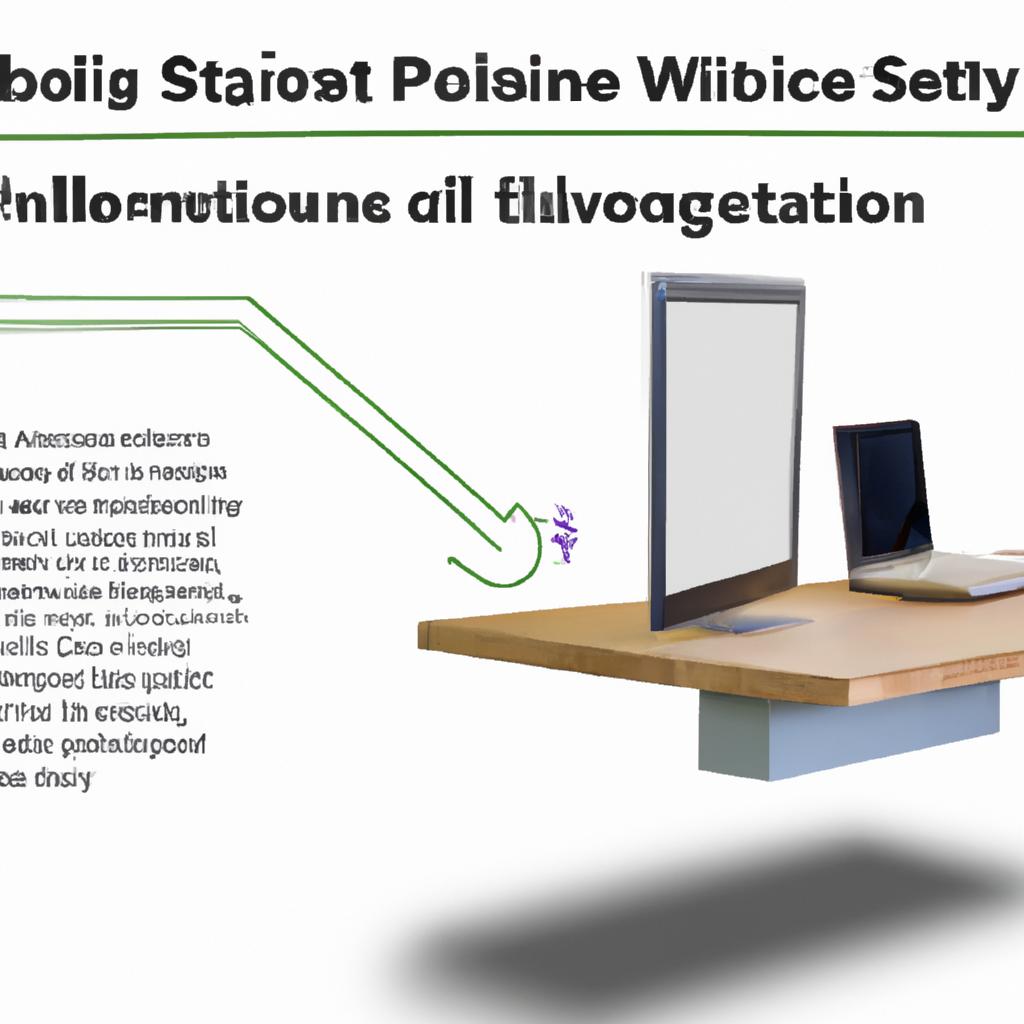**”The Relationship Between Sit-Stand Desk Usage and Employee Well-Being: Exploring the Psychological Benefits of Workplace Movement”**
The Relationship Between Sit-Stand Desk Usage and Employee Well-Being: Exploring the Psychological Benefits of Workplace Movement
In today’s fast-paced work environment, the traditional office setup is rapidly evolving. With the advent of sit-stand desks, employees now have the opportunity to modify their workstations to promote movement throughout the day. This shift is not merely about physical health; it extends to psychological well-being as well. In this blog post, we will explore the relationship between sit-stand desk usage and employee well-being, focusing on the psychological benefits of workplace movement.
The Impact of Sedentary Behavior on Mental Health
Understanding Sedentary Lifestyles
The rise of technology and digital communication has led to an increase in sedentary lifestyles. Many employees find themselves sitting for prolonged periods, which can adversely affect both physical and mental health. Studies have shown that excessive sitting is linked to increased anxiety and depression levels.
The Connection Between Movement and Mood
Conversely, physical activity has been shown to improve mood and reduce stress. This connection is partly due to the release of endorphins, the body’s natural mood lifters. Therefore, incorporating movement into the workday, such as using a sit-stand desk, can significantly enhance an employee’s overall mental well-being.
The Psychological Benefits of Sit-Stand Desks
Enhanced Focus and Productivity
Research indicates that employees who use sit-stand desks report higher levels of focus and productivity. By allowing for more frequent changes in posture, these desks can stave off the lethargy often associated with prolonged sitting. Consequently, workers are more engaged and motivated, leading to improved job performance. Moreover, the ability to stand while working can facilitate a more dynamic thought process, making it easier to brainstorm and collaborate with colleagues.
Reduced Stress Levels
Additionally, the ability to adjust one’s position throughout the day can contribute to reduced stress levels. When employees feel comfortable in their environment, they are less likely to experience physical discomfort that can distract from their work. On the other hand, sitting for extended periods can lead to tension and discomfort, which can exacerbate stress and anxiety. Therefore, having the option to stand can help mitigate these feelings, promoting a more relaxed workplace atmosphere.
Practical Tips for Implementing Sit-Stand Desks
Ergonomic Considerations
When transitioning to a sit-stand desk, it’s crucial to consider ergonomics. Proper desk height is essential to prevent strain on the back and neck. Ideally, the desk should be at elbow height when standing, allowing for a comfortable typing position. Furthermore, using a footrest while standing can promote better posture and alleviate pressure on the lower back.
Creating a Routine
To maximize the benefits of a sit-stand desk, employees should aim to create a routine that incorporates both sitting and standing. For instance, adopting a 30-minute cycle—30 minutes of sitting followed by 30 minutes of standing—can help maintain energy levels throughout the day. In addition, regular breaks for movement, such as stretching or walking, can complement the use of a sit-stand desk, further enhancing overall well-being.
The Role of Nutrition and Exercise in Workplace Well-Being
Nutrition Tips for Energy and Focus
Moreover, nutrition plays a significant role in maintaining energy and focus at work. Employees should aim to consume balanced meals rich in whole grains, fruits, and vegetables. These foods provide sustained energy without the crash associated with sugary snacks. Consequently, employees may find it easier to concentrate and stay motivated throughout the day.
Exercise Advice for Enhanced Mood
In addition to dietary choices, incorporating regular physical activity into one’s routine can further improve mental health. Simple exercises, such as desk stretches or short walks during breaks, can have a profound impact on mood and energy levels. Furthermore, even brief periods of movement can stimulate creativity and problem-solving skills, making it easier to tackle work-related challenges.
Conclusion: Embracing Movement for a Healthier Workplace
In conclusion, the relationship between sit-stand desk usage and employee well-being is clear. By promoting movement and flexibility in the workplace, businesses can significantly enhance their employees’ psychological health. The benefits of using sit-stand desks extend beyond mere physical comfort; they encompass improved focus, reduced stress, and overall greater job satisfaction.
Therefore, employers should consider implementing sit-stand desks in their offices as part of a broader strategy to promote employee well-being. Furthermore, encouraging healthy nutrition and regular exercise can create a more vibrant and productive workplace. Ultimately, embracing movement can lead to happier, healthier employees and a thriving organizational culture. As we continue to navigate the complexities of modern work life, prioritizing employee well-being through movement is not just an option; it is a necessity.
FAQ
1. What are the psychological benefits of using sit-stand desks in the workplace?
Using sit-stand desks can lead to enhanced focus and productivity, as they allow employees to change their posture frequently, which can help prevent lethargy associated with prolonged sitting. Additionally, these desks can contribute to reduced stress levels, as employees who can adjust their position throughout the day are less likely to experience discomfort that distracts from their work. Overall, the flexibility of sit-stand desks promotes a more relaxed and engaged workplace atmosphere.
2. How does sedentary behavior affect mental health?
Sedentary behavior, often exacerbated by prolonged sitting, has been linked to increased levels of anxiety and depression. The lack of movement can negatively impact both physical and mental health. Conversely, incorporating movement into the workday, such as using a sit-stand desk, can improve mood and reduce stress due to the release of endorphins, which are natural mood lifters.
3. What tips can help maximize the benefits of sit-stand desks?
To maximize the benefits of sit-stand desks, employees should focus on ergonomic considerations, ensuring the desk height is appropriate to prevent strain. Creating a routine that alternates between sitting and standing—such as a 30-minute cycle of each—can help maintain energy levels. Additionally, incorporating regular movement















Post Comment